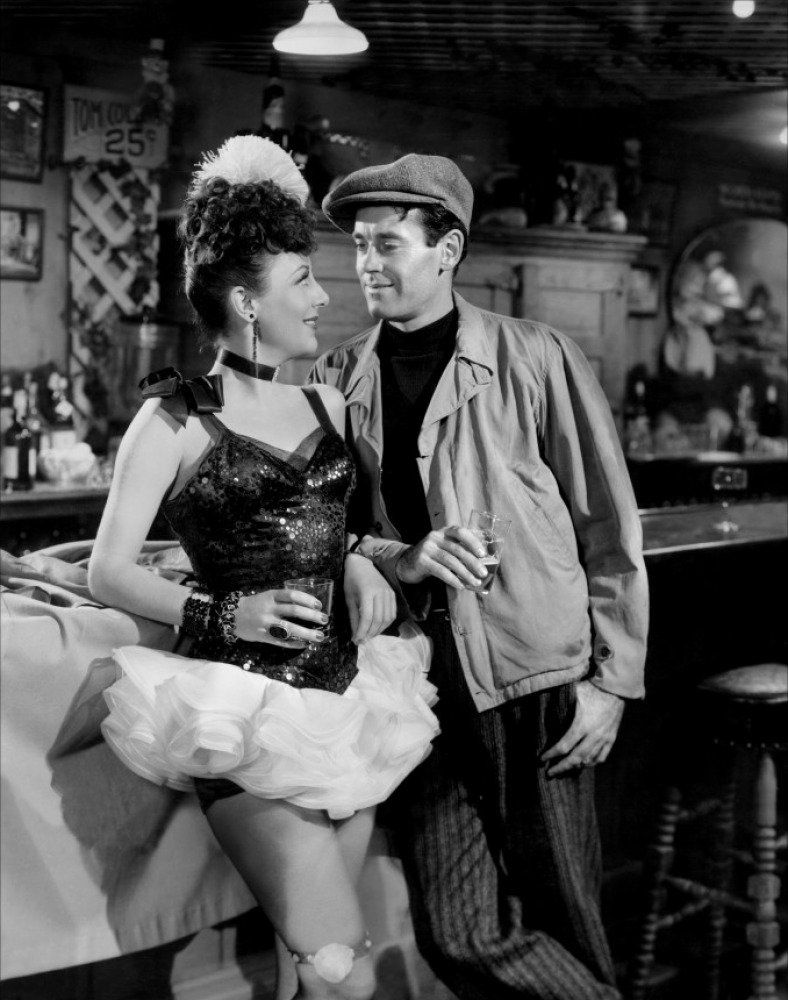APP Adrian
A-List Customer
- Messages
- 364
- Location
- Toronto
And before that time.
It wasn't uncommon in the postwar era for janitors, road workers, garage workers and the like to wear Army surplus. "Ike jackets," stripped of insignia, were very commonly worn by such workers, to the point where there were complaints that so many decommissioned uniforms were being worn by ditch diggers that the public was thinking that the Army was digging the ditches.
Green or navy shirt and matching pants perhaps with embroidered name... black lace oxford shoes.
 John Lofgren Monkey Boots Shinki Horsebuttt - $1,136 The classic monkey boot silhouette in an incredibly rich Shinki russet horse leather.
John Lofgren Monkey Boots Shinki Horsebuttt - $1,136 The classic monkey boot silhouette in an incredibly rich Shinki russet horse leather.  Grant Stone Diesel Boot Dark Olive Chromexcel - $395 Goodyear welted, Horween Chromexcel, classic good looks.
Grant Stone Diesel Boot Dark Olive Chromexcel - $395 Goodyear welted, Horween Chromexcel, classic good looks.  Schott 568 Vandals Jacket - $1,250 The classic Perfecto motorcycle jacket, in a very special limited-edition Schott double rider style.
Schott 568 Vandals Jacket - $1,250 The classic Perfecto motorcycle jacket, in a very special limited-edition Schott double rider style. There were stores that catered to blue-collar workers: remember, we're talking pre-Walmart days. The clothes a janitor wore weren't any different from what most factory workers wore, and were made specifically for work: the only brand I can think of off the top of my head is "Big Yank," but I'm sure other Loungers will suggest others. The curious thing is that those stores were where your mom brought you to get your jeans, which I distinctly remember costing about $4.00 (for Levi's). I've seen industrial clothing from that time pop up on Ebay fairly often.
Exactly. One time my mom came home form Finckelstein's (in Baltimore) with a pair of industrial jeans and the minute I put them on my legs started to sweat. I could never understand how anyone could wear such things.'Zactly...And all the clothing was on "tables" with drawers underneath out in the middle of the store. The Jeans (dungarees) were hard as a rock, scratchy and took forever to fade and break in. When my mom would take me they'd Never have any cool shirts that I wanted. Just bargain store style... that was traumatic for a little kid to have to go in and keep trying things on...!!!
The M-43 field jacket as well. The Ike was more of a prized item: it was only given to those who had served in the ETO. It was considered fashionable and comfortable. My dad loved his, more than any other item in his wardrobe, and that was over 20 years after the war.
It wasn't uncommon in the postwar era for janitors, road workers, garage workers and the like to wear Army surplus. "Ike jackets," stripped of insignia, were very commonly worn by such workers, to the point where there were complaints that so many decommissioned uniforms were being worn by ditch diggers that the public was thinking that the Army was digging the ditches.
Bib overalls were also commonly worn by custodial staff, along with a baseball-style cap worn indoors or out.

